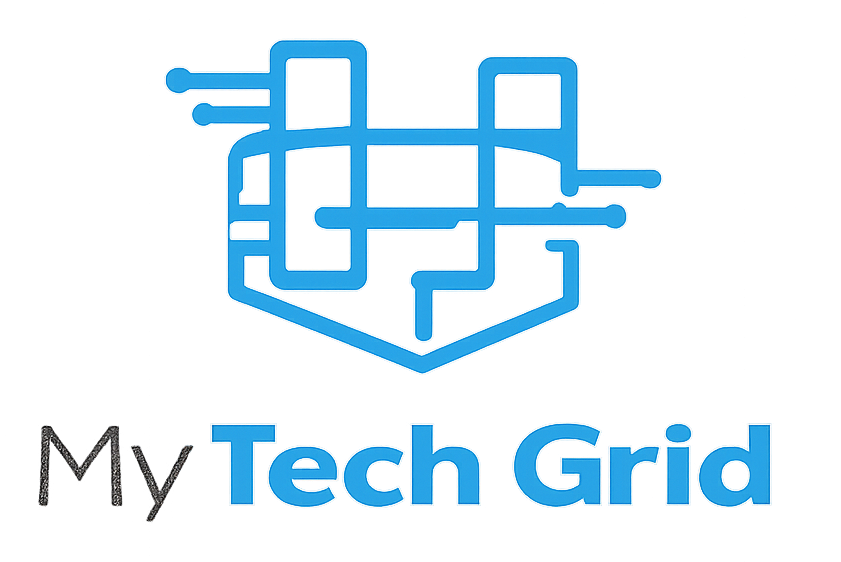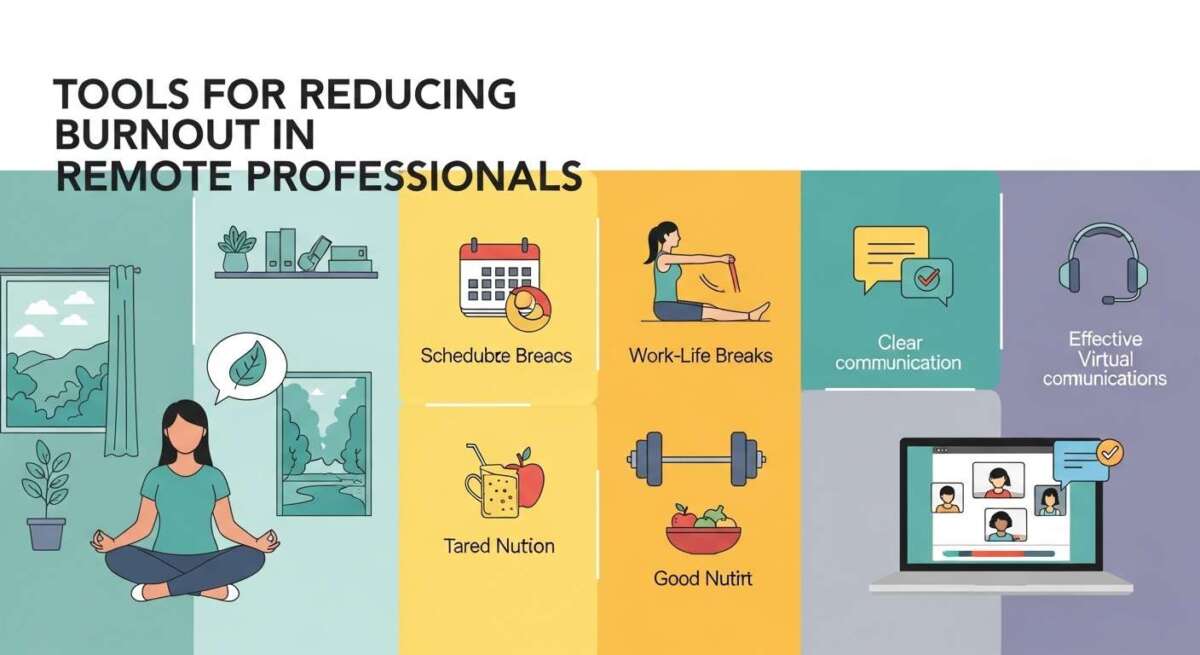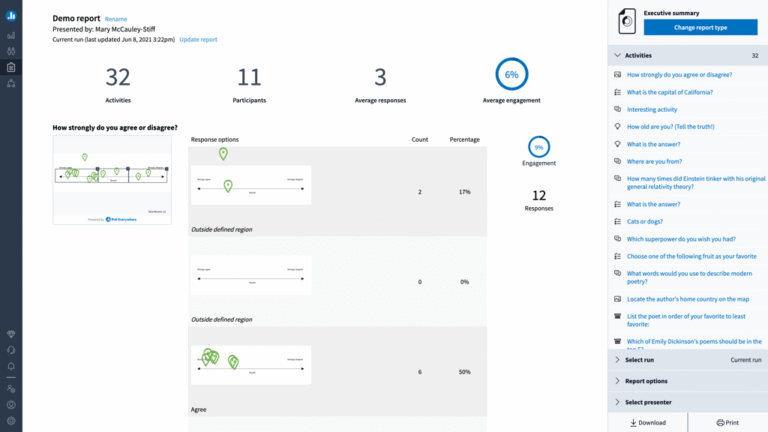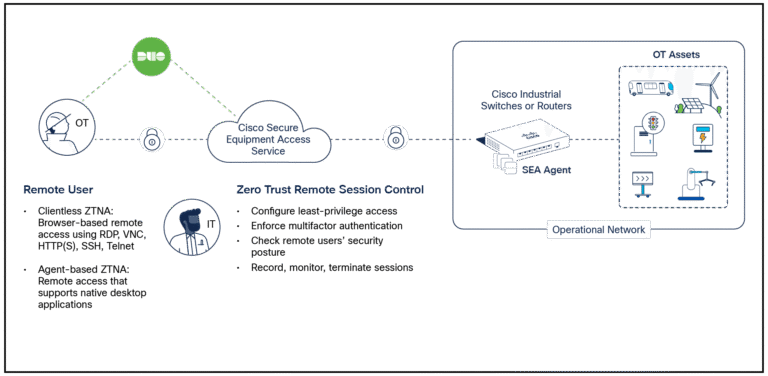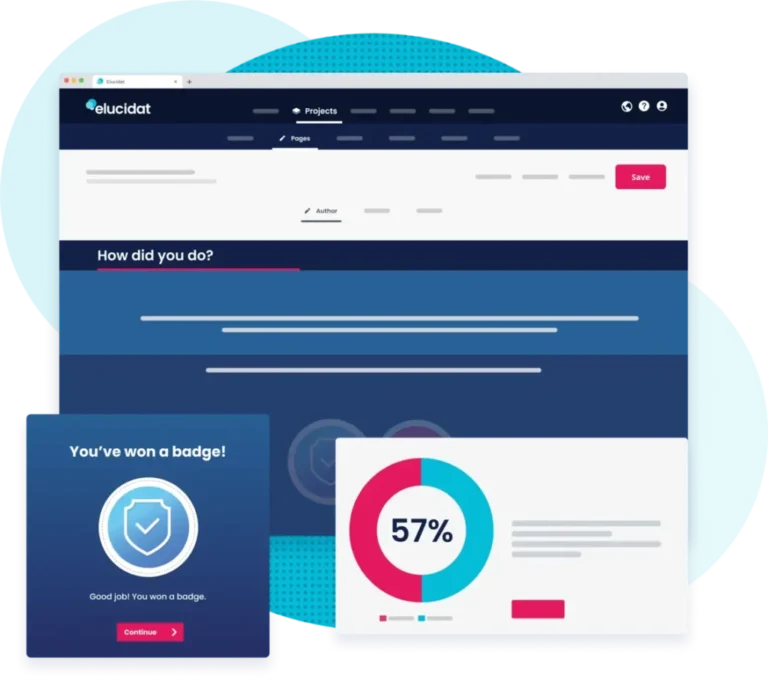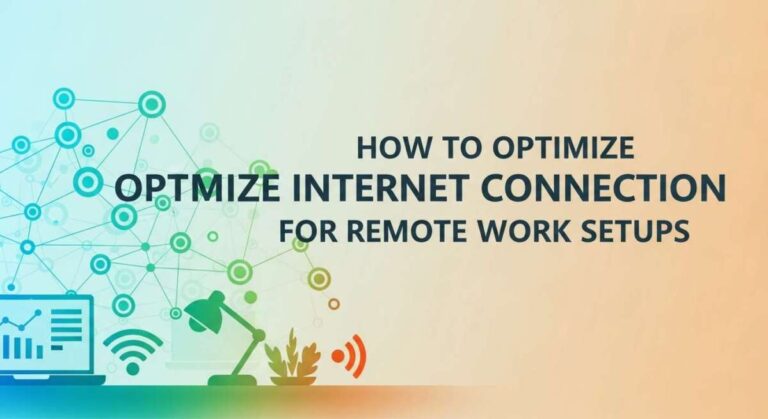Tools for Reducing Burnout in Remote Professionals: Solutions
Feeling drained and overwhelmed while working remotely? You’re not alone.
Burnout can sneak up on you when your home becomes your office and the line between work and personal life blurs. But what if you could fight back with the right tools designed to protect your energy and boost your focus?
You’ll discover practical, easy-to-use solutions that help reduce burnout, so you can reclaim your balance and enjoy your remote work without the constant stress. Keep reading to find out how simple changes and smart tools can transform your workday—and your wellbeing.
Burnout Signs In Remote Work
Burnout affects many remote professionals. It slowly drains energy, focus, and motivation. Recognizing burnout signs early helps to take action. Remote work can blur boundaries, making it hard to notice these signs. Understanding common symptoms guides better self-care and work habits.
Emotional And Physical Symptoms
Remote workers often feel tired even after rest. Stress, anxiety, and irritability appear more frequently. Mood swings and sadness can also show up. Physical signs include headaches, muscle pain, and sleep troubles. These symptoms signal the body and mind need a break.
Work Performance Decline
Burnout lowers productivity and quality of work. Tasks take longer and mistakes increase. Motivation to complete projects weakens. Meeting deadlines becomes harder than before. This decline can affect career growth and job satisfaction.
Isolation Effects
Remote work can cause loneliness and disconnection. Lack of social interaction impacts mental health. Feeling isolated reduces enthusiasm and creativity. It also increases stress and negative thoughts. Building connections helps fight these isolation effects.

Credit: www.biolifehealthcenter.com
Daily Routine Adjustments
Adjusting daily routines plays a vital role in reducing burnout for remote professionals. Simple changes can help maintain focus and energy throughout the workday. These adjustments support mental health and boost productivity. Below are key strategies to enhance your daily routine and prevent exhaustion.
Scheduled Breaks And Exercise
Taking regular breaks helps clear the mind and reduce stress. Short pauses improve concentration and prevent fatigue. Including light exercise during breaks increases blood flow and energy levels. Stretching or walking for five to ten minutes refreshes the body. Scheduling these breaks ensures they are not skipped during busy days.
Setting Work Boundaries
Clear boundaries between work and personal life protect against burnout. Turning off work notifications after hours helps signal the end of the workday. Communicating availability to colleagues sets expectations and reduces pressure. Avoid checking email or messages during personal time. This separation allows for proper rest and relaxation.
Creating Consistent Work Hours
Working at the same hours daily builds routine and stability. Consistent schedules make it easier to plan tasks and breaks. Predictable work hours reduce decision fatigue and improve time management. Sticking to a set start and finish time fosters work-life balance. This habit also helps the mind switch off after work ends.
Technology Tools For Support
Technology plays a key role in helping remote professionals manage stress and avoid burnout. The right tools create a supportive environment that keeps teams connected and focused. They also help workers balance tasks and care for their mental health.
Using technology tools can improve communication, organize work, and promote wellness. These tools reduce feelings of isolation and make remote work more manageable. They provide structure and resources that support employees’ well-being.
Collaboration And Communication Apps
Apps like Slack, Microsoft Teams, and Zoom help teams stay in touch. They allow quick messaging, video calls, and file sharing. These tools reduce misunderstandings and keep everyone aligned. They create a virtual office space, making remote workers feel part of a team.
Time Management Software
Tools such as Trello, Asana, and Toggl help organize tasks and track time. They assist workers in setting priorities and meeting deadlines. Time management apps encourage breaks and prevent overworking. These features help maintain a healthy work pace and reduce stress.
Mental Health And Wellness Platforms
Platforms like Headspace, Calm, and BetterHelp support mental well-being. They offer meditation, counseling, and stress relief exercises. These tools help remote workers manage anxiety and fatigue. Regular use promotes a balanced mind and better focus on work.

Credit: www.nextiva.com
Self-care Practices
Self-care practices play a vital role in reducing burnout among remote professionals. These practices help maintain mental and physical well-being. They create a balance between work and personal life. Simple daily habits can lead to significant improvements in energy and focus. Prioritizing self-care supports long-term productivity and job satisfaction.
Sleep And Nutrition
Quality sleep restores the body and sharpens the mind. Remote work can blur the lines between day and night. Setting a regular sleep schedule improves rest and alertness. Balanced nutrition fuels the brain and body. Eating whole foods and drinking water keeps energy steady. Avoid heavy meals late in the day to promote better sleep.
Mindfulness And Meditation
Mindfulness helps calm a busy mind. It encourages focus on the present moment. Short meditation sessions reduce stress and anxiety. These practices increase emotional resilience. Remote workers benefit from brief pauses to reset during the day. Breathing exercises support relaxation and clear thinking.
Physical Activity
Exercise boosts mood and reduces tension. Sitting for long hours causes stiffness and fatigue. Regular movement improves blood flow and energy. Simple stretches or short walks refresh the body and mind. Making time for physical activity enhances overall well-being. It also helps separate work time from personal time.
Building Social Connections
Building social connections helps remote professionals fight burnout. Working alone can feel isolating and stressful. Social bonds create a sense of belonging and support. These connections improve mood and work satisfaction. Simple tools and methods foster these relationships. They make remote work less lonely and more engaging.
Virtual Team Building
Virtual team building brings coworkers together online. It includes games, quizzes, and casual chats. These activities break the daily routine. They boost team spirit and trust. Fun online events help people relax and connect. Regular virtual meetups keep the team close despite distance.
Peer Support Networks
Peer support networks connect employees with similar challenges. They provide a space to share ideas and feelings. Talking with peers reduces stress and builds understanding. These groups offer advice and encouragement. Support networks make workers feel less alone. They promote mental health and resilience.
Regular Check-ins
Regular check-ins keep communication open between team members. Managers and peers ask about workload and well-being. These talks catch problems early and show care. Short, frequent check-ins prevent misunderstandings and burnout. They create a habit of support and feedback. Everyone feels heard and valued.
Workload And Task Management
Managing workload and tasks effectively is vital for remote professionals. It helps reduce stress and keeps burnout at bay. Remote work blurs the line between personal and professional life. Clear task management brings structure and focus to the day. It allows workers to complete tasks efficiently without feeling overwhelmed.
Using the right tools and strategies can improve task handling. Prioritizing, delegating, and avoiding multitasking are key steps. These methods help maintain energy and keep productivity steady. Let’s explore how each approach supports remote professionals in managing their workload.
Prioritizing Tasks
Start by listing all tasks for the day. Identify urgent and important ones first. Use simple tools like to-do lists or apps to rank tasks. Focus on high-impact activities that drive results. Completing important tasks early reduces stress later. It creates a clear path to finish work on time.
Delegating Responsibilities
Sharing tasks lightens the workload and builds teamwork. Assign duties to colleagues who have the right skills. Delegation frees up time for more critical work. Use communication tools to track progress and stay connected. Trusting others helps prevent burnout and improves work quality.
Avoiding Multitasking
Concentrate on one task at a time for better focus. Multitasking divides attention and reduces efficiency. Switching tasks often wastes time and increases errors. Set blocks of time for specific activities. This method helps maintain energy and produces higher quality work.
Organizational Strategies
Organizational strategies play a key role in reducing burnout among remote professionals. Companies shape the work culture and environment. These strategies help create balance and promote well-being. They set clear expectations and support for employees. A strong organizational approach prevents exhaustion and keeps teams motivated.
Flexible Work Policies
Flexible work policies allow employees to manage their time better. They can choose hours that fit their life and peak productivity. This reduces stress caused by rigid schedules. Flexibility also helps workers handle personal tasks without guilt. It creates trust and shows the company cares about employee needs.
Training And Resources
Providing training teaches workers how to manage stress and workload. Resources like mental health programs and time management tools are helpful. These supports increase skills and confidence at work. Training also guides managers to recognize burnout signs early. Well-equipped teams handle challenges with less pressure.
Encouraging Open Communication
Open communication builds a safe space for sharing concerns. Employees feel heard and supported by leaders and peers. Regular check-ins and feedback sessions keep communication clear. This practice prevents isolation and misunderstandings. It helps solve problems before they lead to burnout.
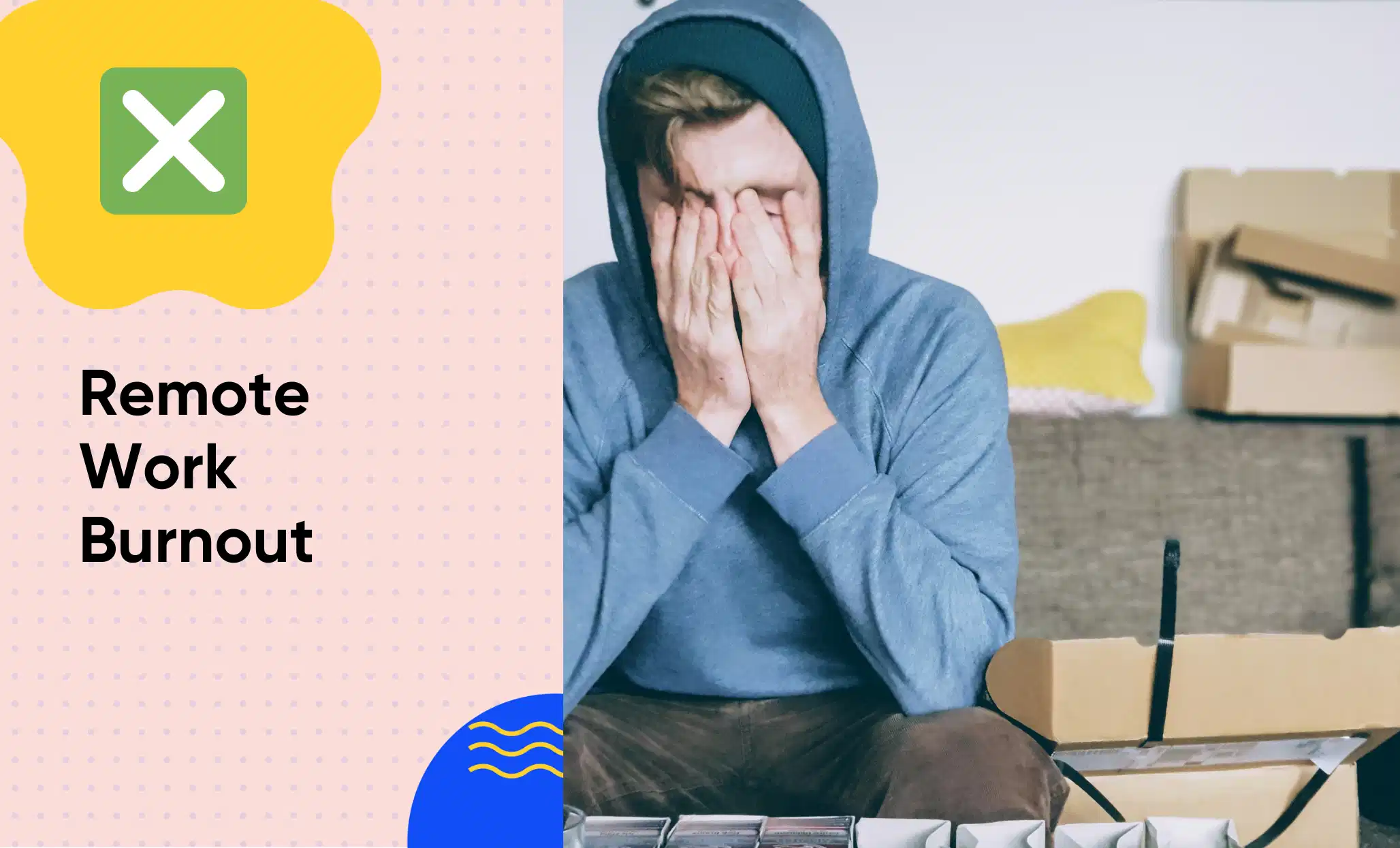
Credit: www.remotepass.com
Frequently Asked Questions
How To Identify And Avoid Burnout In Remote Work?
Identify burnout by noticing fatigue, irritability, and reduced productivity. Avoid it by taking regular breaks, setting clear work boundaries, and disconnecting from emails after hours. Prioritize self-care and maintain a consistent daily routine to balance work and rest effectively.
Is Remote Work Dying In 2025?
Remote work is not dying in 2025. Hybrid models and advanced technology ensure flexibility and productivity remain priorities. Employers value remote work for talent access and cost savings. Employees prefer autonomy, making remote work a lasting shift in work culture.
How To Handle Stress And Pressure When Working Remotely?
Manage stress remotely by creating a routine, setting clear boundaries, taking regular breaks, and prioritizing mental health daily.
How To Manage Professional Burnout?
Manage professional burnout by setting clear work boundaries, taking regular breaks, prioritizing self-care, and seeking support when needed. Maintain a healthy work-life balance and focus on tasks that energize you to prevent exhaustion.
Conclusion
Choosing the right tools helps reduce burnout in remote work. Regular breaks keep your mind fresh and focused. Setting clear work boundaries protects personal time and energy. Using task management apps improves organization and reduces stress. Communication tools keep teams connected and supported.
Small habits and helpful technology make a big difference. Prioritizing wellness at work leads to better balance. Burnout can be managed with the right approach and resources. Remote professionals thrive when they use tools smartly and consistently.
